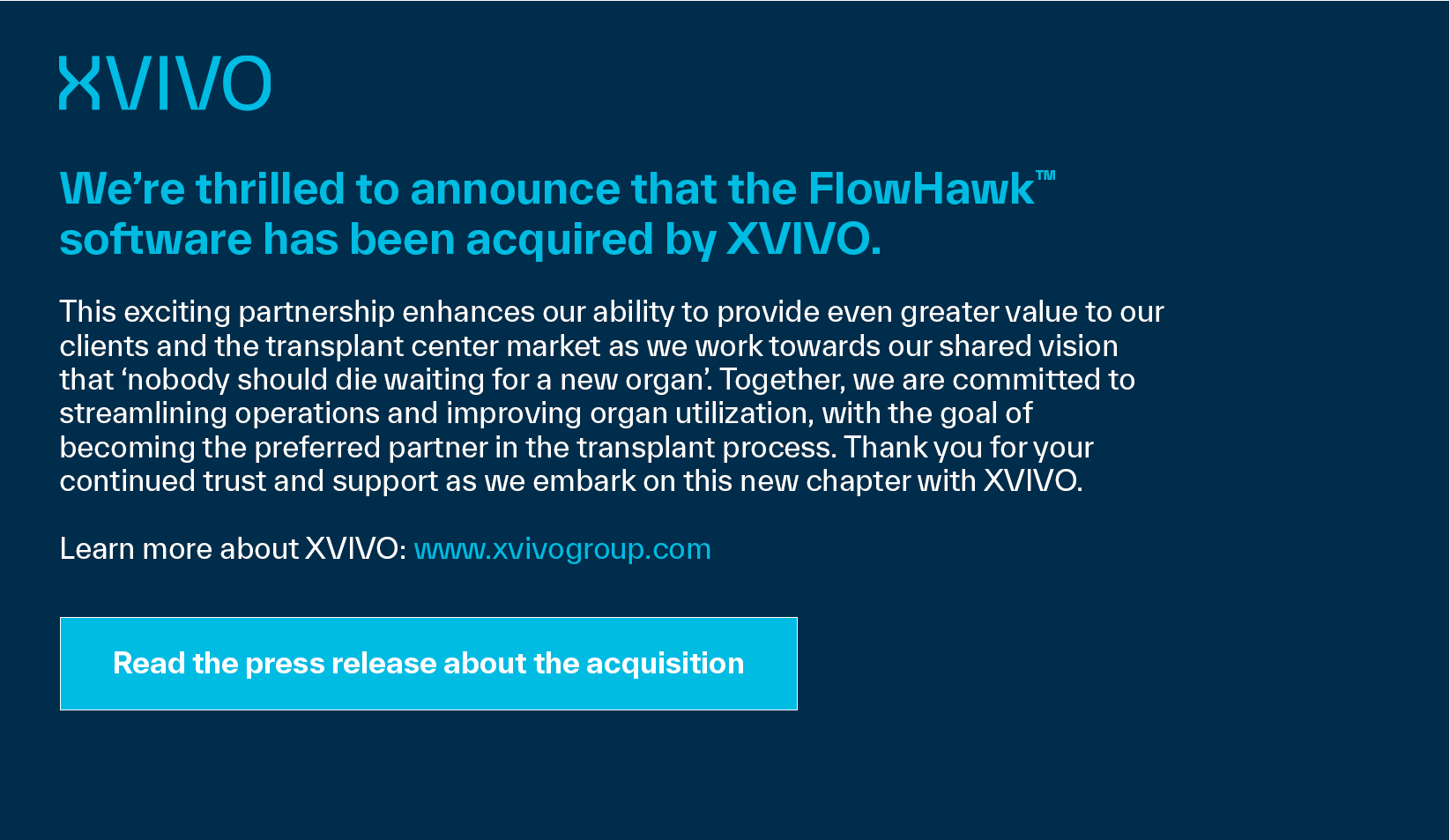In March, the American Hospital Association sent a letter to the House Energy and Commerce Committee declaring a national emergency related to the challenges faced by the healthcare workforce. The letter detailed that 23% of hospitals reported a critical staffing shortage and projected the nursing shortage will reach 1.1 million by the end of 2022.1
Additionally, the AHA indicated how these shortages put added pressure on remaining clinical staff, further exacerbating burnout and forcing hospitals to turn to contract labor to fill open positions.
Transplant centers tasked with managing the organ intake process and other high-stakes complex care are also feeling the crunch. With no easy solution on the horizon to solve the staffing crisis, transplant administrators must look for ways to support staff, such as increasing operational efficiencies, improving care team collaboration, and leveraging technology to automate tasks.
Here are five ways to mitigate the impact of ongoing healthcare staffing shortages to empower care teams.
1. Digitize checklists
The use of paper checklists to manage the organ intake process is still the status quo for many transplant hospitals.
Not only are paper checklists out of compliance with many department protocols, but they also make cross-team collaboration more time-consuming.
Digitizing the process makes shared checklists available to the care team as needed, thus reducing time spent communicating completed tasks and those yet to be done, especially when a new team member takes over after a shift change.
The digital paper trail will also help front-line staff make better, more informed decisions.
2. Standardize processes
One of the dangers of relying on contract labor is that the individuals filling critical positions on your team are not familiar with your organization’s standard operating procedures. While care teams that have a history together may have a working knowledge of how best to manage organ intake at your organization, people new to the organization will not.
Documenting department protocols and procedures is the best way to standardize the organ transplant process. This will enable your organization to quickly onboard new team members and improve the operational efficiency of your department in the long run.
3. Centralize communications
The typical organ intake process includes more than 500 emails, phone calls, and text messages, many of which are completed on unsecured personal devices. In addition to the security risks, this high volume of multichannel communication is a bottleneck to efficient care collaboration.
For patients awaiting a potentially life-saving organ transplant, every minute counts. One study found that utilizing a mobile application to manage and track real-time communications resulted in a 50% reduction in time from initial organ offer to transplant.2
Reducing the time needed to manage the organ intake process takes pressure off your front-line staff, enabling them to manage more organ cases while making their day-to-day easier.
4. Automate clinical workflows
According to the TMF Health Quality Institute, nurses spend up to 50% of their time on clinical documentation, contributing significantly to burnout.3
Automating repetitive tasks that reduce the number of clicks to complete a task or eliminate a manual step can have positive downstream effects that result in significant time savings and a better provider experience for the care team overall.
5. Gather data for time studies
With the right clinical workflow automation technology, organ transplant teams can generate accurate and detailed time logs to determine how much time a user spends on specific tasks to identify areas of improvement.
You can’t optimize what you don’t measure and accurate time studies are the first step.
Prioritizing front-line staff
Solving healthcare’s staffing crisis will likely take years. However, your transplant hospital needs a solution now.
Learn how a clinical workflow automation solution like FlowHawk™ can help you mitigate the impact of staffing shortages by improving operational efficiencies and giving your team the digital tools to improve care collaboration.




